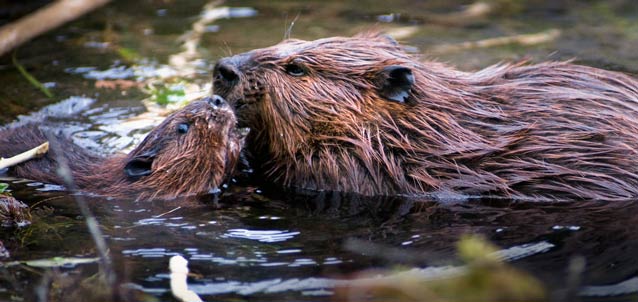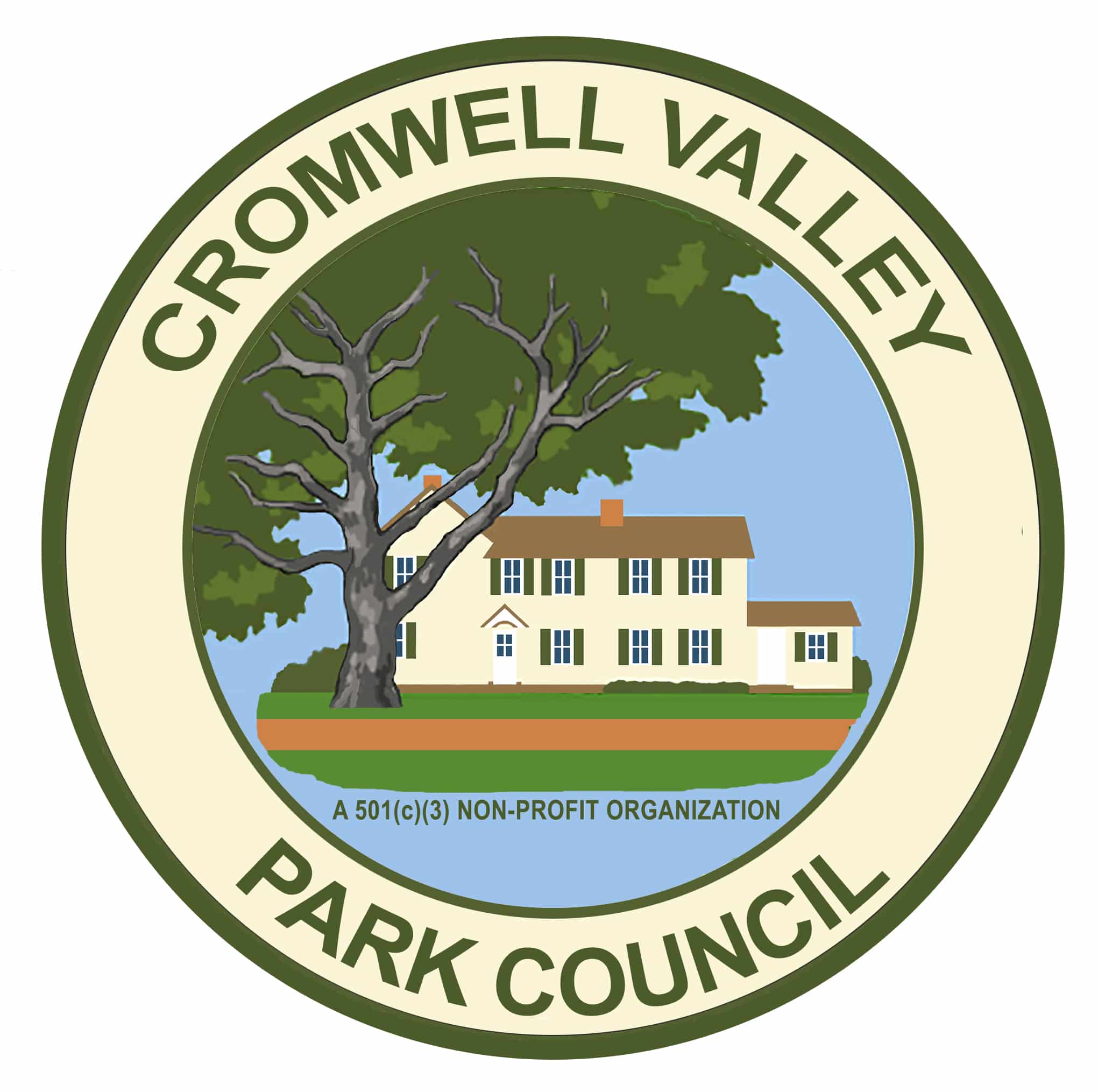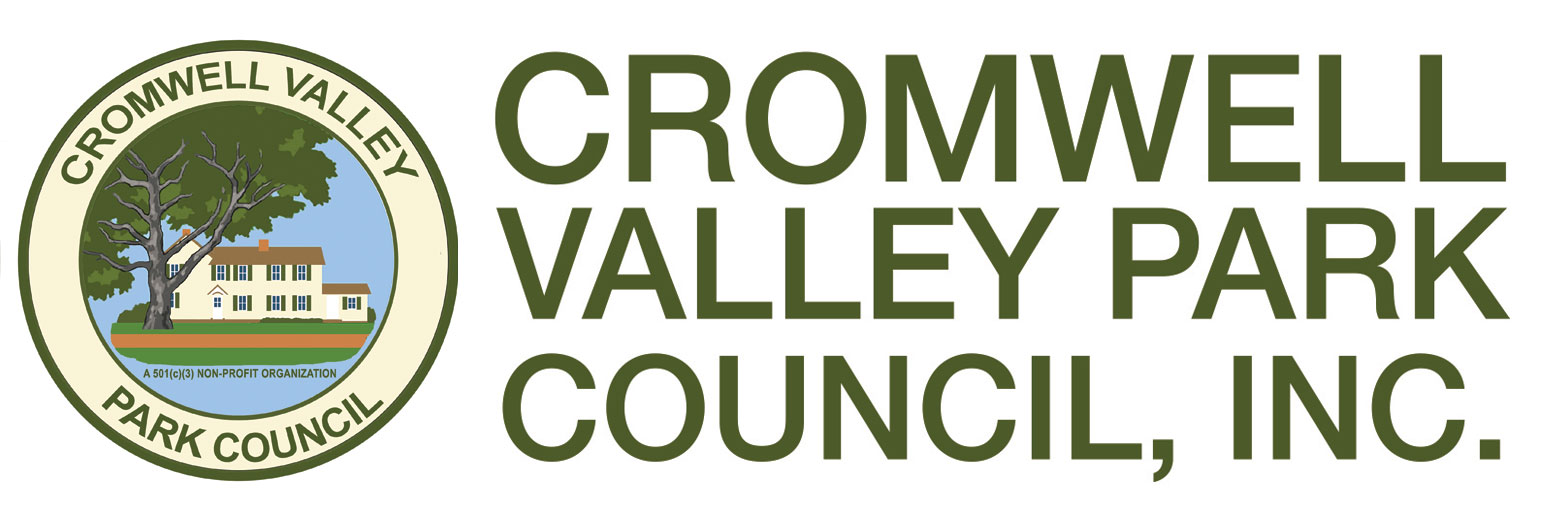March 10, 2025
Beaver Redux

by Carl R. Gold
Beaver Redux
When my wife begins a home improvement project, whether it is painting a room, retiling the bathroom floor or hanging curtains, I wisely make myself scarce. This strategy has helped preserve the peace, and our marriage, for 44 years and counting. Beavers, who also are monogamous and mate for life, have a different strategy. Male and female beavers work together to build their lodge and create habitat by using sticks, branches, rocks, grass, and mud to construct their dams. Beavers are a keystone species. They are natural effluvial geomorphologists- master ecosystem engineers. So much so that the M.I.T. school ring is emblazoned with a beaver. When they dam a stream, wetlands and ponds result that provide food and shelter for many other species. Dams also slow and filter water flow, trap carbon and nitrogen, reduce erosion and store cooler water. Beaver dams can also flood roads and yards so some consider them a nuisance. Until recently, Baltimore County’s policy was trap and kill “nuisance” beavers. A new policy allows trapping and relocating. The Gunpowder River, the main source of the regions water supply, is prime beaver relocation territory.
Like the Gameran (evolved futuristic humans who can live in space) in John Scalzi’s, The Last Colony, beavers are uniquely adapted to their environment. Their ears have valves that close when underwater and their eyes have a nictating transparent membrane - like having built in googles. Their epiglottis closes their throat so they can carry sticks in their mouth without swallowing water. Perhaps most impressive are the teeth. A beaver’s incisors never stop growing and are super strong. The incisors are laminated and made up of many layers. The rear teeth are used for grinding and crushing. They only eat the inner growing layer of bark known as the cambium, as well as leaves and little twigs. Beavers secrete castoreum to mark territory. It is F. D. A. approved as a natural flavoring and is used to make perfume, whiskey, and flavoring.
Many years ago, beavers were active in Minebank Run, a Gunpowder tributary, whose headwaters are in East Towson. Minebank Run traverses Cromwell Valley Park, a 460-acre nature preserve in Parkville. Impervious surface runoff from the heart of Towson has severely damaged the stream and expensive restoration efforts have failed. When storms hit, a tsunami of water rips down the stream, rising 10 feet or more in moments and scouring everything it its path. A beaver lodge just upstream of the bridge leading into the Park was destroyed in such a storm over a decade ago.
Last fall, the Park Critter Cam captured a solitary beaver about 1000 yards downstream from that bridge, starting a new dam. This winter a mate has appeared and they are working together to strengthen and raise the dam. Already the pond created has attracted Great Blue Herons, several different types of ducks and serves as a pathway for raccoons and coyotes to cross the stream. Deer do not seem to mind getting their feet wet. Park watchers are hoping for baby beavers, known as kits, to appear in the spring.
The new dam is still susceptible to stormwater destruction. Nonnative invasive species and ravenous deer are killing the nearby trees that are necessary to feed and provide homes for future generations of beavers. A new sewer pipe is set to be installed between Minebank Run and Cromwell Valley Bridge Road. It will be immediately adjacent to the new dam and necessarily destroy trees the beavers, and their progeny, need to survive. Here’s hope that the project includes restoration of appropriate native trees with shelters to protect them from deer so they can get big enough to be useful for the beavers. Long term, installation of Beaver Dam Analogs (BDA’s) will slow the water and allow it to remain connected to the floodplain – a far better solution than installing massive stone walls on the banks that incise the stream more and more during each storm.
The dam is easily accessible for human viewing. Follow the Minebank Trail south from the park entrance, go past the restored Limekilns and follow the path across a small plywood walkway. The dam, roped off with caution tape is on your right. Gnawed trees, a few feet away, with pointy remains will confirm you are at the correct spot.
Carl R. Gold is a Maryland Master Naturalist, cgold@carlgoldlaw.com

